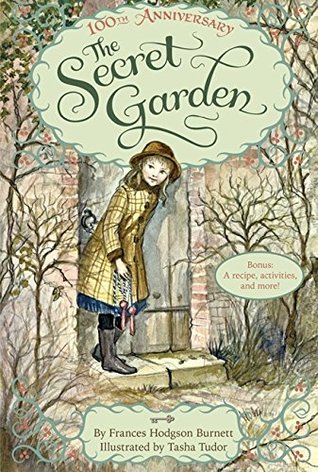 |
| Image altered from Pexels.com |
This is the second of two new series I’ll be sharing over the next few months.
I don’t consider myself to be obsessive even with things I geek-out over. However, my love for all things Batman, Winnie the Pooh, Betty Boop, and Gardens does sometimes border on the line of obsessive. I mean, I have an entire Pinterest Board dedicated to images of gardens. The crazy thing is, I’m highly allergic to nature; still, I’ve never let that stop me from adoring it. I guess that’s why I’ve always been drawn to stories featuring gardens, whether magical or malevolent. I like being able to have the garden experience without all the sneezing and watery eyes. And, of course, I’ve found ways to sneak nature and gardens into my own writing. In this series, I’ll be writing about some of the most influential or creative stories featuring gardens that I’ve come across.
Today I’ll be talking about one of my favorite childhood stories, The Secret Garden by Frances Hodgson Burnett. (I’ve even enjoyed most of the movie versions of this story.)
 |
| Goodreads.com |
I think the reason this story is so impactful for me is that it tells the story of a character having to adjust to culture shock and the idea of healthy relationships and a positive self-image. There are so many common and universal themes that people consider when talking about this story but rarely do I ever see comments or perspectives from other people of color.
Not everything in my reality is affected by the color of my skin, but I do often see and experience things differently than the masses because of my race and color. I could relate to Mary in this story, not because she was a misunderstood kid, like so many other kids, but because she was, for a short time an immigrant, a transplant, a person living somewhere not because she wanted to but because she had to. To me, her story was so triumphant because her identity was challenged, and, in the end, she discovered who she was despite the way she had been previously treated and raised.
The garden in this story is more than just a place for the children to express themselves away from the judgmental eyes of adults, it was a haven. In real life, not all children who live in a place where they are not wanted, have such a haven. After a traumatic experience in my early childhood, I often found small dark places to be my havens. Even to this day, when life feels overwhelming, I’ll sit in a closet and contemplate. Sometimes I even think of gardens while I’m in there.
-
Find out more about me, my work, and my inspiration at the following links:
-
Click here to read more posts at our Blog Post Gallery
COMMENTS














